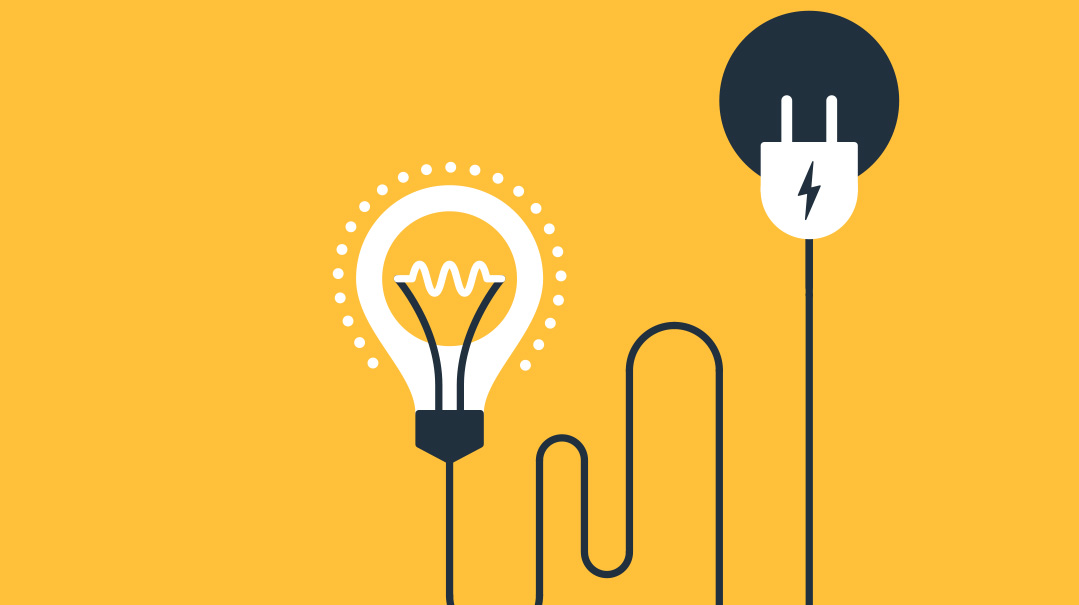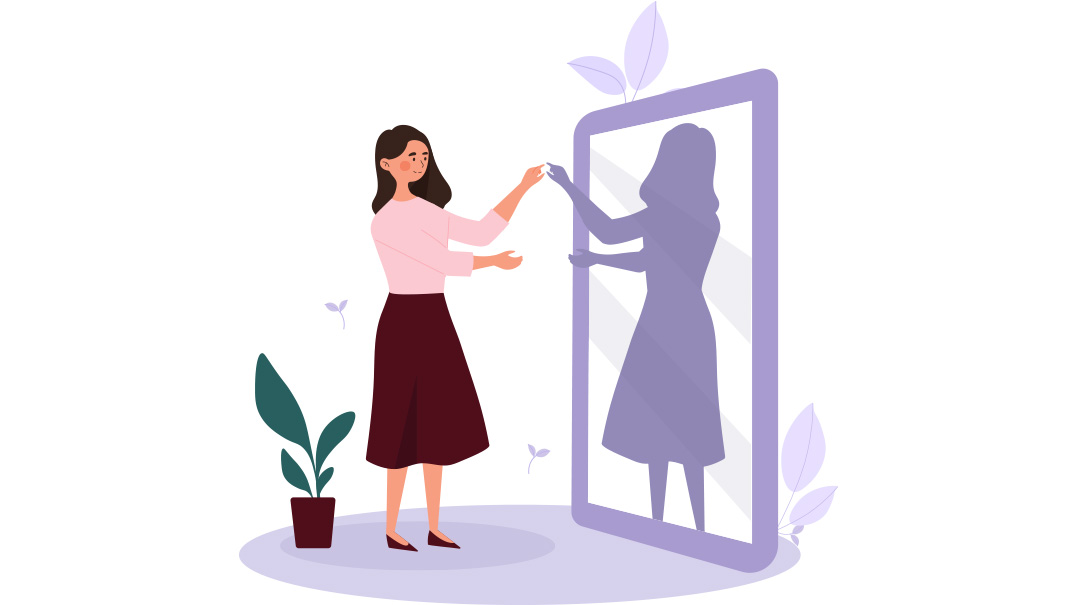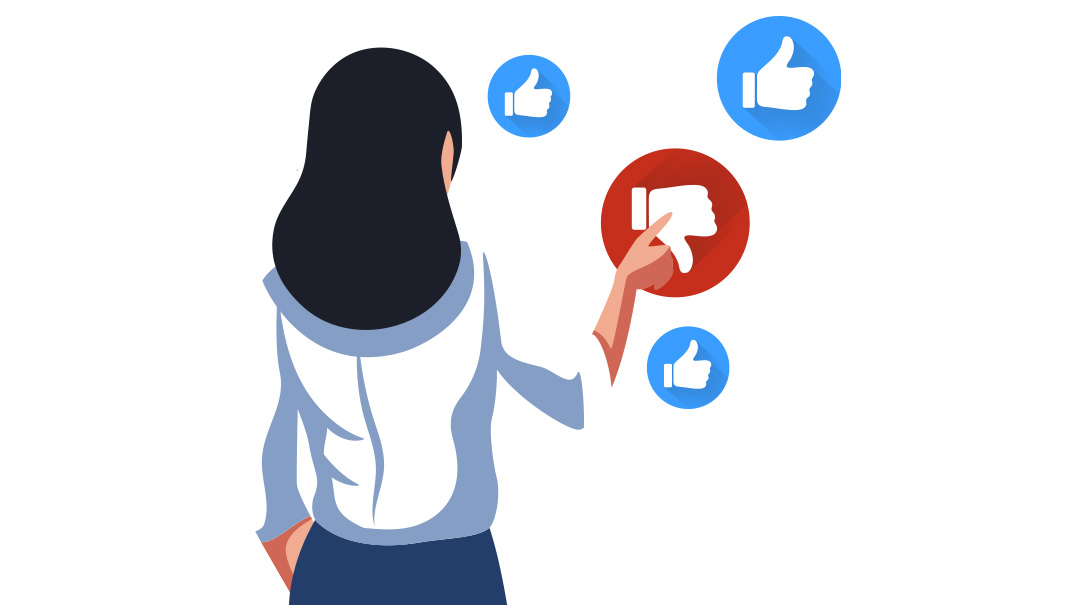Shira’s Story
| January 24, 2023The contract was going to be our big break — and then it fell through

Shira Parnes, a self-proclaimed “energy nerd,” is the founder and CEO of VENTURA, where she and her team implement strategies that save companies hundreds of thousands of dollars on utility costs.
I’M in an interesting business sector — there aren’t many fellow moms at the park to “talk shop” with! How I got into the energy business is a story of its own (it wasn’t on my list of what I wanted to be when I grew up), but somehow I found myself here, and I absolutely love what I do.
Together with my team, I help real estate and healthcare center owners reduce and manage their energy costs. It’s a dynamic field, and I love making sense of complex information to help empower business owners to make better decisions.
In 2015, when I’d been in the energy industry for four years and was trying to grow my client base and establish my brand in the business world, the biggest opportunity I’d ever been offered until then came my way. I was asked to help with the energy strategy on a two-million-square-foot building. A client of mine had recommended that the building owner reach out to me, and when he called, I remember thinking, This is it — this is the big break I’ve been waiting for!
A project of this scope had the potential to change my entire company and grow my business exponentially. I was excited but also slightly apprehensive, as the project was more complex than anything I’d done before. I definitely felt a bit out of my depth.
But I was also ready to take on the challenge. If until then I’d been climbing the ladder one rung at a time, this was like taking the elevator straight to the top floor. I was ready to go all-in, to learn whatever I needed to learn and do whatever I needed to do to show the company that I was the right candidate for the job. I dedicated all of my time, all of my resources, and enlisted the help of others to put together a proposal to win the project.
The company seemed very interested, and they kept inviting me back to further develop the strategy. They’d often compliment my team and me, saying that our structure was the most well thought out. “There are all these levers that make up the energy costs, and you know how to pull the right ones to come up with the best scenario,” I distinctly remember the owner telling me.
Despite not having signed a contract, we came up with a number of ways to significantly reduce his energy costs, and he told me what we were offering was actually the lowest priced contract by $50K.
It looked like it was just a matter of time before we signed a contract with him. But after weeks that turned into months, the process started to feel like it might never end. I was exhausted by this point and just wanted to get to the finish line. There was also a risk that we wouldn’t end up winning the project and thus be compensated for our time.
I told him I wanted some kind of agreement in place before continuing to put in more work. In return, he told me that the time I was spending working things through with him would be “worth my while” and that I stood out from both the incumbent provider as well as the competing provider.
I was finally asked to send an offer presentation that would be reviewed by the board as they made their final decision. I was working with a marketing consultant at the time, so I asked him to help me position myself and my offer in order to win this deal.
He told me how people’s decisions are based on emotions, and he strongly suggested I take a “fear-based” approach for messaging and communication. He told me to paint a “cautionary tale” of the worse-case scenarios that could play out for the company if they didn’t work with us. The idea, he explained to me, was to try to make them feel hopeless and overwhelmed until they’d need me to “save” them.
“Make them feel that they have a lot to lose if they don’t work with you,” he said.
It didn’t resonate with me. It didn’t feel right — at all. It wasn’t my brand; it wasn’t my style. But he was the professional. So I ignored the little voice that was trying to get my attention, and while I gave some pushback, I ultimately followed his advice — essentially outsourcing my better judgment to him.
He helped me create the presentation, which was completely fear-based — and completely off-kilter from what my company and I represented. But I went ahead and presented my company that way, even though I was cringing all the way through. He was the professional, after all, and I was sure he knew best.
A few days later, I got a call from the building owner. I was in a shopping center, but I pulled over and took the call. My heart sped up just a little bit with excitement, expecting to hear that I’d won the project.
“I’m so sorry,” he said, “but we’re going a different route and won’t be needing your services. Thank you for the effort you put in.”
I remember the quietness, the way the world seemed to stand still. I felt so misled and dumbstruck, not knowing what just hit me. I don’t remember saying much of anything in response, just listening quietly and then hanging up.
When I hung up, I felt numb with the 180 spin that had just occurred. For ten days, I did nothing productive, trying to process what had happened. I was so upset by how the whole story unfolded, and I kept replaying it over and over in my head.
I suddenly became painfully aware of that inner voice I’d more or less ignored — the one that was telling me, This has gone too far, this should be paid work, you’re not protected here… and I regretted giving so much before I’d signed a contract.
I also realized that the final presentation I presented had been so out of sync with me and my brand. I was left with a sinking feeling inside. How did I just ignore what I really knew was right? I kept asking myself.
I remember painting and refinishing an antique piece of furniture during that time — tapping into a different part of me, a more creative side. I had no drive to do anything in my business. For an entire month, I couldn’t keep my normal work schedule.
I’d spent four months — four full months — learning, researching, and doing everything I needed to do to win the deal. Other projects had been put on hold. There was even a group of 12 nursing homes that I lost as clients in the process, because another company was pitching them during that time, and when they reached out about it, I didn’t have the time or headspace to concentrate my efforts on retaining their business over the competition.
So here I was, having put in four months of work with nothing concrete to show for it, and having lost some of what I did have in the process. It was rough, and picking myself up again and trying to collect all of the pieces of my life and business that had fallen by the wayside took some time.
I don’t know why I didn’t get the contract, and I don’t know if I’ll ever know what really happened behind the scenes. But reflecting on the experience, I realized that I learned a tremendous lesson from what I had gone through. I was no longer the same person I was four months prior. I walked away from the experience a bit battered, but I also walked away with something so invaluable and precious I wouldn’t give it up for anything — the ability to listen to my own inner wisdom.
I learned that when I go against my better judgment, when I “outsource” my decisions to others — even if they’re experts! — I’ll always lose.
I didn’t stay true to myself when I allowed the building owner to decide the terms, working for months without a contract even though I knew something was off. I’d ignored the voice that told me I should protect myself, because I so badly wanted to win the deal.
And I’d also disregarded my judgment in favor of the marketing professional’s, creating a presentation that was so out of alignment with me, with my brand, with how I wanted to be represented in my final presentation. Looking back, it was easy to see what a bad decision that had been on my part, but at the time, I was scared of not trusting the expert.
There’s a fine balance to strike, because there is so much knowledge that others have to share with us. People who are experts in their fields have information we don’t have. They’re more experienced in an area you aren’t, they have a different perspective, they have unique wisdom, and they lend tremendous value to your process.
At the same time, you have an inner wisdom about what’s right for you — and that wisdom is yours alone.
I discovered the subtle, nuanced difference between listening to someone’s advice and taking it. Now, instead of taking advice from others even if it doesn’t sit well with me, I listen to their input and knowledge and use it to inform my decision. Their perspectives give me a more complete understanding of the decision I’m looking to make. I always take the information into account, but I don’t ignore my judgment anymore.
And the same way I don’t want to abandon my inner knowledge because of others, I don’t want others to ignore their gut instincts because of any pressure from me. Getting someone to agree to something isn’t helpful if he’s not truly on board with it. It might feel like an accomplishment in the moment because you “got your way” — but as a champion today of listening to my own voice and of getting in touch with what I really want, I care about honoring others’ authenticity just the same.
There are so many relationships that are an integral part of running a business — employees, clients, vendors, subcontractors. Inevitably, snags come up in these interpersonal relationships. Sometimes a client will make a request that just doesn’t feel right to me, or a subcontractor won’t come through as they promised.
Today, it’s easy for me to say, “Hey, we need to talk — I have an issue with this, it’s not working for me. I want to understand your needs and work together to resolve this in a way that works for both of us.” At the end of the day, if either party in any agreement is doing something that’s against what feels authentic to them, nobody wins. I want everyone to experience the freedom of being fully in sync with every decision they make and every action they take.
What I’d tell my younger self:
That little voice inside of you has so many important things to say. Instead of pushing it away, try listening to it.
Sometimes it’s easier to hide behind an “expert’s advice” instead of owning your decisions. It feels weighty to make important decisions, and it’s often easier to feel that we’re following someone else instead of taking full responsibility for the decision at hand.
It’s okay to slow down and check in with yourself — and really listen to what your gut feeling is telling you. It’s okay to honor that feeling, too — even when sometimes it doesn’t seem to make “sense” or isn’t in line with expert advice. Inside you is where the most valuable information for your life lies.
Something I wish someone had told me right when I started my business:
I don’t know if I had any such wishes — I think you really learn things from your own experience. Even when someone did give me advice, I usually needed to learn those lessons for myself (the hard way, sometimes!).
Favorite food while working:
I don’t usually remember to eat while I’m working. At two o’clock, I realize I’m feeling faint and need to eat something. If I’m lucky and was prepared enough or have the time to get one, I love a giant salad.
Most common comment I get once I tell people what I do:
“Okay, you lost me.”
An interesting hobby most people don’t know I have:
I love getting to the root of what something is really about at its core.
Fay’s Take:
Listening to your own inner wisdom is somewhat of a lost art nowadays. Within a culture of “authority building,” we often put experts on pedestals and push ourselves way down under them.
But the truth is that aside from true right and wrong, there is no “one right way” to do things. There’s no “one right way” to succeed — not in business, not in parenting, and not in any other area of life. There’s no one “five-step process” that leads to success for every person, no “foolproof formula” that guarantees your dreams. There’s no expert whose advice works for everyone, no therapist whose method works for every client.
Ignoring your inner voice is one of the biggest mistakes.
Why?
Because when you outsource your inner wisdom and take on others’ opinions and perspectives as absolute truths, you bury your unique essence, the part of you that makes you you.
Whenever clients ask me a “what should I do?” question, I return their question with a question. “What do you feel drawn toward? Which option resonates with you? Which one would you be fully on board with?”
It has to work for you. It has to align with you. And when it does, you’ll be tapping into your essence and making decisions from that place.
So how do you do it? How do you actually tap in and listen to that inner wisdom, that “soul voice,” as I call it?
The first thing to do is to recognize how the soul voice feels and sounds. The soul voice is not loud, disruptive, doubting, or fearful; it is calm, quiet, knowing and hopeful.
When you have a decision to make, try closing your eyes and bringing all of the information to that deep “soul” part of yourself. Then listen quietly for any answers or feelings that come up from the quiet, calm, knowing soul voice. It takes time to practice this and to get to know your soul voice, but the more you do it, the more you’ll recognize the voice and the easier it will be to access its wisdom.
Someone who has more experience than we do in a certain area most definitely has insight and perspective to offer us. It would be silly to think that we always have enough information on our own and to not look outside ourselves for help, perspective, advice, and support.
But when we only look outside of ourselves, we are losing something precious — the input of our unique inner wisdom that Hashem planted within us, which no one else can replicate.
Fay Dworetsky is a mindset coach who helps women work from the inside-out to open up to so much more possibility, expansion, and abundance — both in their businesses and in their lives.
(Originally featured in Family First, Issue 828)
Oops! We could not locate your form.







